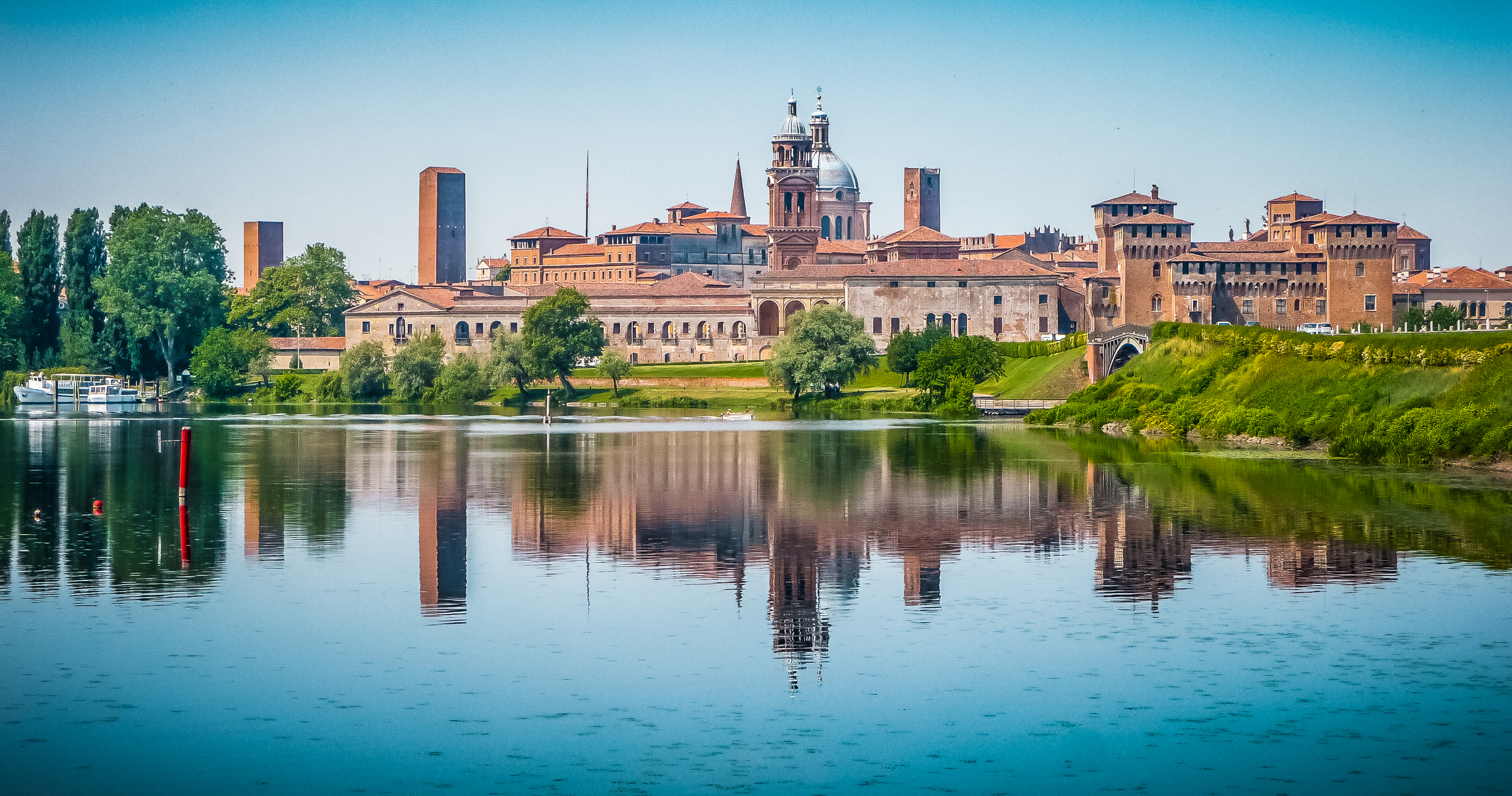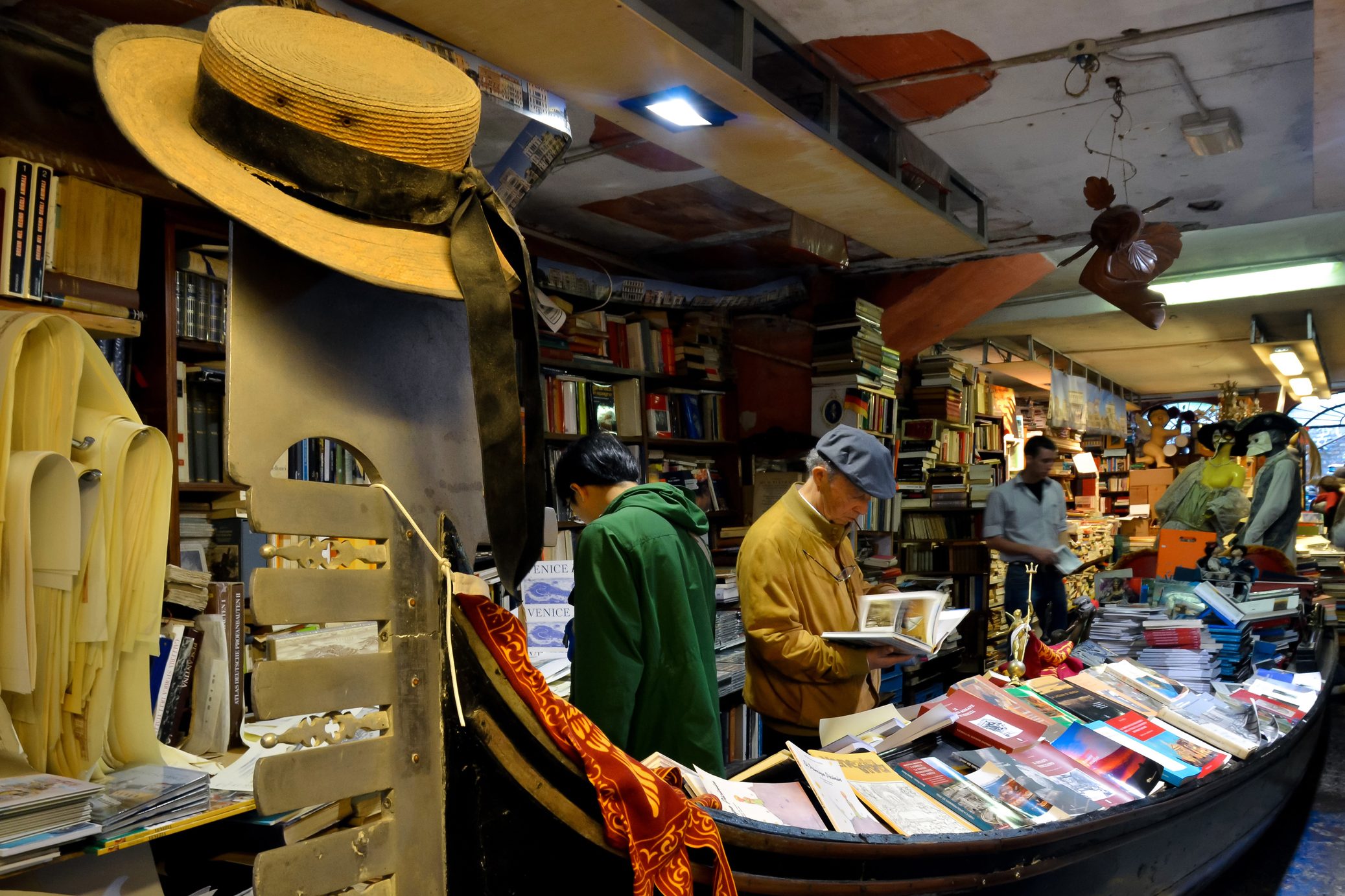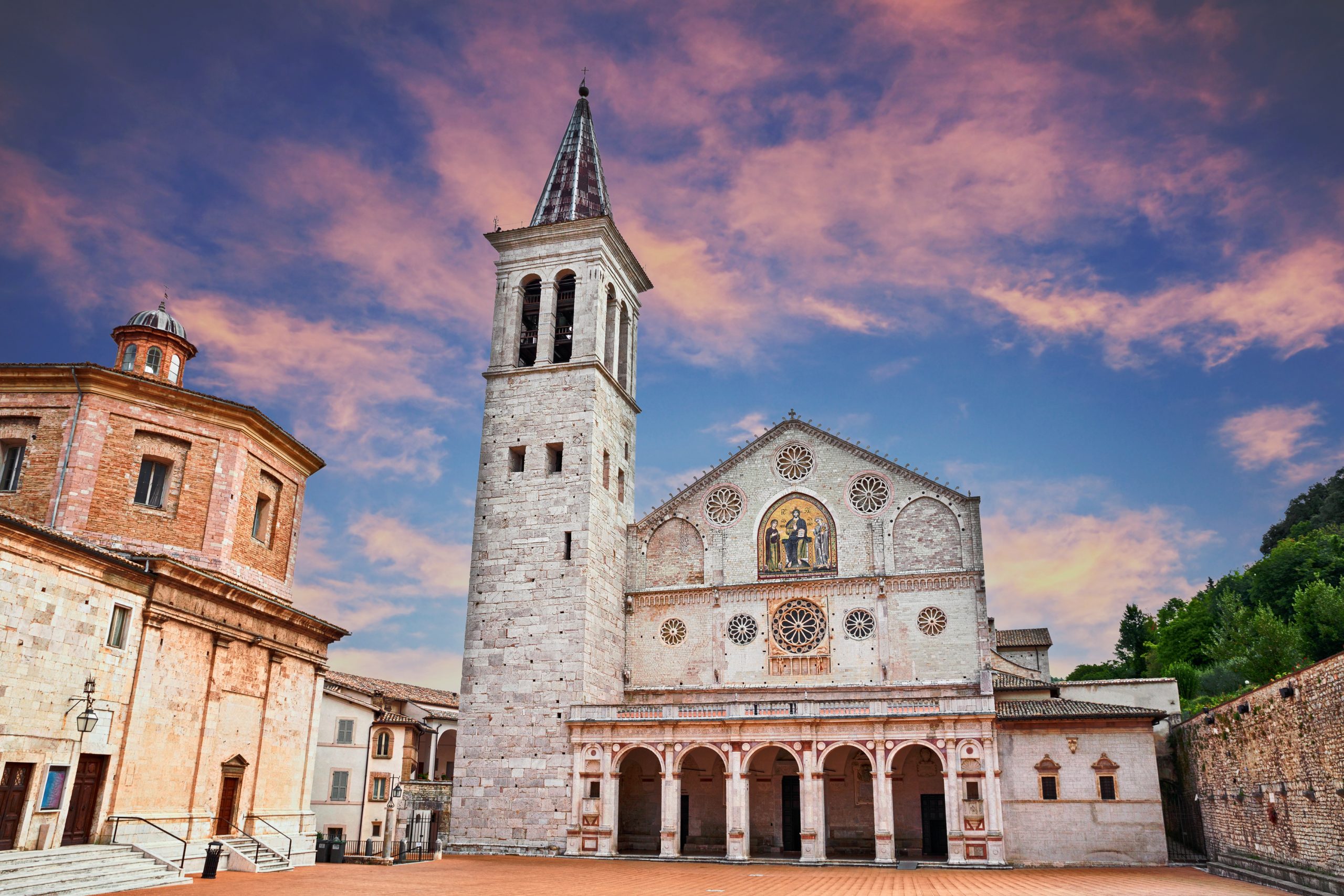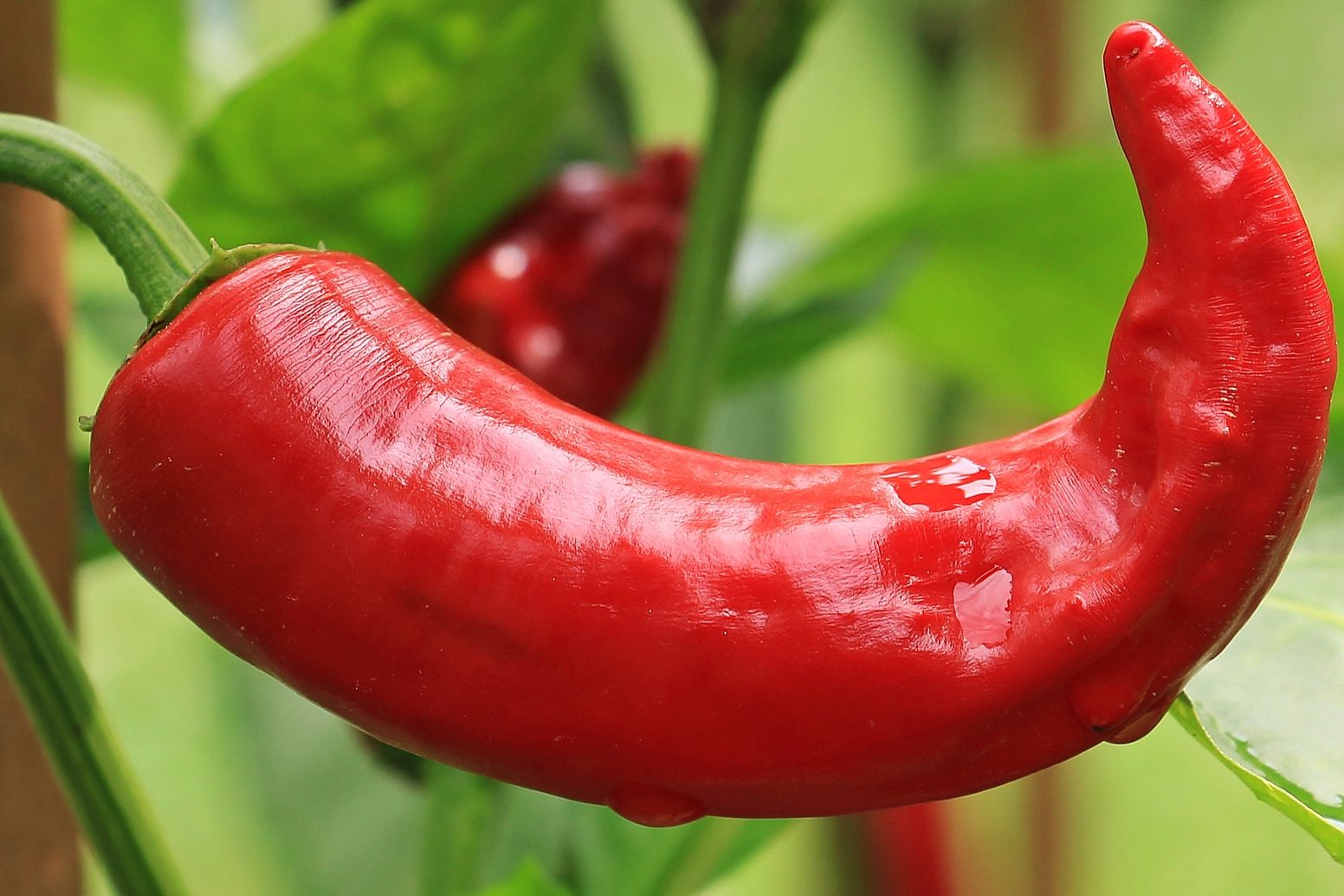There aren’t many towns in Northern Italy that hold more charm than the small city of Mantua, Mantova in Italian, one of Lombardy’s hidden gems. Overlooked by most tourists en route from Milan to Venice, Mantua charms its visitors with its rich historical and artistic treasures, its friendly people and its mouth-watering pasta specialties.
The town attracts every year, and rightly so, thousands of history buffs: its gorgeous architecture and the proximity of most its main attractions to the city center make it a favorite destination even for those who don’t have too much time to spare. The Gonzaga family ruled the town from 1328 to 1708 and actively protected the arts, hosting important masters such as Donatello, Mantegna and Rubens.
The result is that, even though it retains a small-town feel, Mantua offers an incredible amount of historical and ecclesiastical buildings to visit. Most important of all is the Palazzo Te, built between 1525 and 1535, a splendid example of mature Renaissance architecture that used to serve as a summer residence for Frederick II of Gonzaga.
Built by the marshes just outside the city walls, Palazzo Te is a square palace that overlooks a cloistered courtyard and is embellished by some among the most unique sculptures and frescos from the 1500s.
Today the palace is home to a Museo Civico that showcases art and objects from ancient Egypt and Mesopotamia. Also worth a visit is the Palazzo Ducale, the royal residence of the Gonzagas, built between the 14th and 17th century. Its 500 rooms, corridors and galleries are decorated with paintings, sculptures and frescos: the most remarkable is the fresco by Andrea Mantegna in the beautiful Camera degli Sposi, the wedding room.
Churches, too, are plentiful and impressive in Mantua: the Duomo, the town’s cathedral, is a splendid example of Baroque architecture while the Basilica of Sant’Andrea is one of the major works of Renaissance ecclesiastic architecture. Both are located in the town historical center: after visiting them it’s a real pleasure to walk around the narrow, pedestrian-only streets that lead up to Piazza delle Erbe, Mantua central square, where the city’s oldest church, the Rotonda di San Lorenzo from the 11th century, still stands.
Sports and nature are also important aspects of life in Mantua that can easily be enjoyed by visitors. The town is surrounded on three sides by artificial lakes that receive water from the river Mincio: North of the lakes the Parco del Mincio offers the opportunity to immerse oneself in nature and to observe its peculiar environment up close. A wonderful way of getting to know the area is by taking a bike and boat combination tour: thanks to the flatness of the landscape the tour doesn’t require participants to be particularly fit and the boat ride on the river and lakes gives photographers a chance to take pictures of different birds depending on the season. For more info on the tours: www.mantovatourism.it/en/itineraries
A trip to Mantua wouldn’t be complete without savoring the delicious local cuisine. The town’s location, close to the neighboring regions of Veneto and Emilia Romagna, makes for an interesting mix of flavors, ingredients and cooking techniques. It is virtually impossible to have a bad meal in the area: every little trattoria proudly serves locally produced cold cuts such as salame, culatello and lardo, a somewhat sinful yet delicious way to start off the meal.
As first courses go, homemade fresh pasta, usually prepared in the form of ravioli stuffed with pumpkin and crumbled Amaretto cookies, are a great choice, and so is risotto alla pilota, risotto with spicy sausage. Proximity to the water means that local restaurants serve locally caught perch and catfish, while those who prefer meat can savor venison, beef and veal prepared in a variety of ways.
This year, from February 1st to April 6th, the town will host the second edition of Festival della Cucina Mantovana, which will focus every weekend on a different regional dish, from polenta to risotto to different types of fresh pasta.
Accommodations in Mantua are cheaper than in larger cities and the town is dotted with quaint, family run Bed & Breakfasts. Searching for the perfect one is made easy by the Mantova B&B Association which offers an English version of its website: www.mantovabedandbreakfast.it/beb-eng/
Mantua is reachable by car from Milan (2 hours), Verona (40 minutes) and Bologna (1 hour and 15 minutes) or by train from most Northern Italian railway hubs, making it an ideal weekend destination for those visiting Lombardy and Veneto. The closest airport, Verona Villafranca, is only 35 minutes away.






























